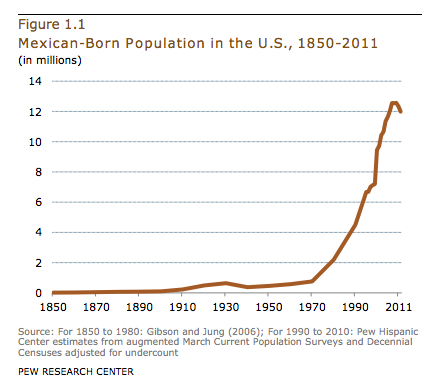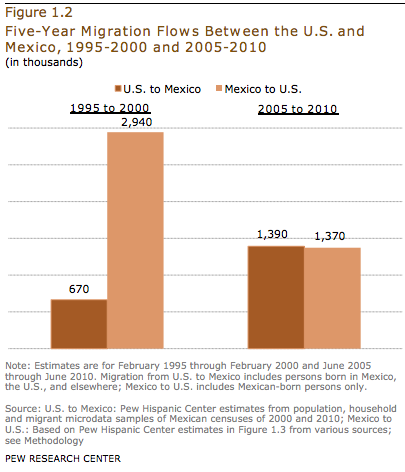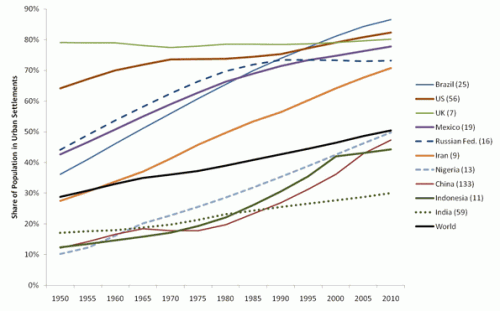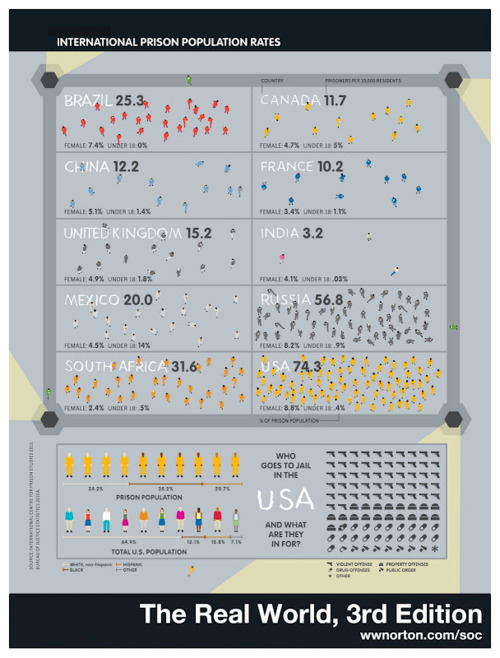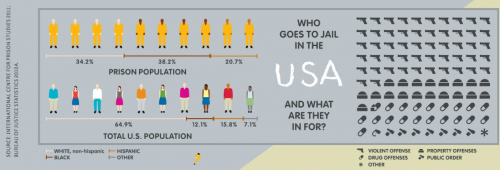 Dolores R. sent in a flubbed opportunity to represent Mexicans positively and reach out to the expanding Mexican market in the U.S. In “honor” of Cinco de Mayo, Mike’s Hard Lemonade hired five men — in fake mustaches and sombreros — to pretend to be a Mariachi band. They then improvised songs in response to submissions from viewers. The stunt is self-conscious, along the lines of the “ironic” “hipster racism” we now see so much of.
Dolores R. sent in a flubbed opportunity to represent Mexicans positively and reach out to the expanding Mexican market in the U.S. In “honor” of Cinco de Mayo, Mike’s Hard Lemonade hired five men — in fake mustaches and sombreros — to pretend to be a Mariachi band. They then improvised songs in response to submissions from viewers. The stunt is self-conscious, along the lines of the “ironic” “hipster racism” we now see so much of.
The fake band may have been making fun of themselves, but they did so by engaging in something that they had already decided was ridiculous, Mariachi music. Happy Cinco de Mayo, everyone.
A better approach, Latino Rebels suggests, would have been to spotlight some of the actual awesome Mariachi music out there. They wouldn’t have even had to be traditional. They could have hired a real band to improvise, or they could have drawn on the existing Mariachi cover bands, bands that do really neat stuff! Here’s, for example, is a band covering Hotel California:
Lisa Wade, PhD is an Associate Professor at Tulane University. She is the author of American Hookup, a book about college sexual culture; a textbook about gender; and a forthcoming introductory text: Terrible Magnificent Sociology. You can follow her on Twitter and Instagram.

